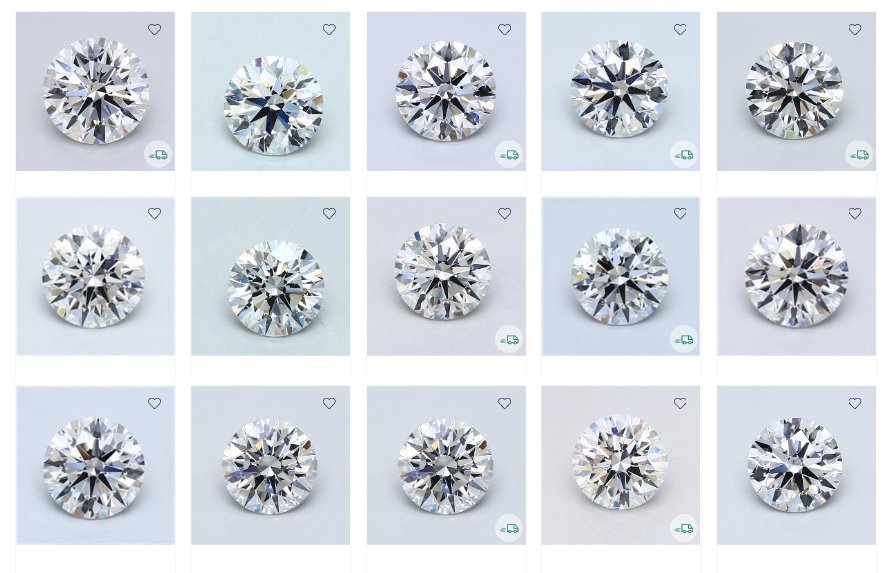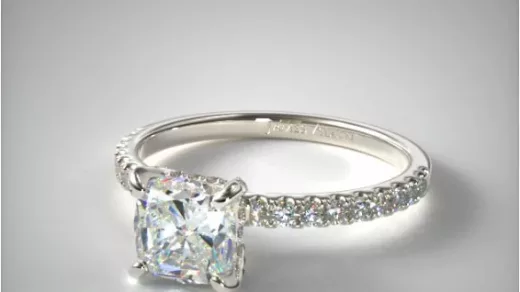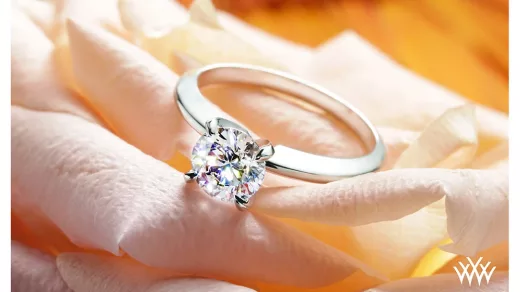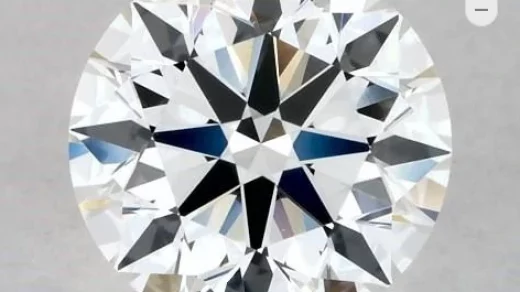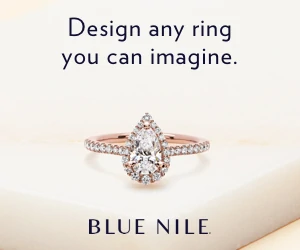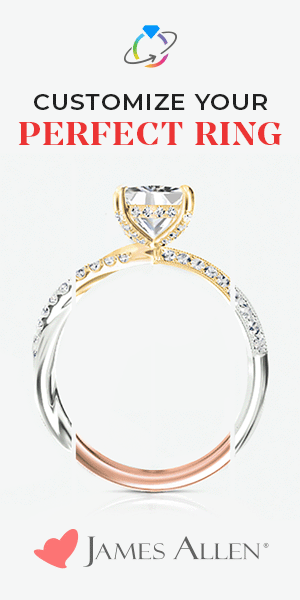Q Hi DiamondBuyingAdvice, Please help me choose. I have zero idea about diamonds but am planning on proposing next February. I don’t want to be out and about too much at the moment so buying from a webstore is my only option I guess. My girlfriend wants the whitest and brightest of diamonds. What do I need to know? Looking around the 10k mark for the diamond as a rough guide. I found a setting I like at Blue Nile, so if you have any suggestions on how to search for a diamond there it would be absolutely wonderful.
DiamondSeeker

A Hi DiamondSeeker,
Thanks for sending in your question. The main thing people think about when looking for a diamond is size. But of course you have mentioned the whitest brightest diamond is the priority so we will look at diamonds between F-G. The largest diamond you can get for 10 grand will vary depending on how low in color you go. You will also have to make a decision regarding clarity. My advice is to look at VS1-VS2 diamonds. This level of clarity hardly ever presents a problem as the inclusions are almost invariably too small to see and hardly ever present structural issues. SI1 and SI2 diamonds have inclusions that most people can see (depends on eyesight, of course). I know many people who really get annoyed when there’s what looks like a tiny fleck of dust stuck on or in the diamond. That’s a pretty common sentiment.
How To Use The Advanced Settings At Blue Nile
If you follow the steps outlined below you should be able to find the best diamond for your money at Blue Nile. This search will help narrow down to a few dozen diamonds. You can then drill to just a few and finally to the one you want.
If you want to save time here’s a link to a selection of some of the best G- F color, VS1, VS2 clarity diamonds between $9.5k and $10k at Blue Nile:
→ https://goto.bluenile.com/rnze5v
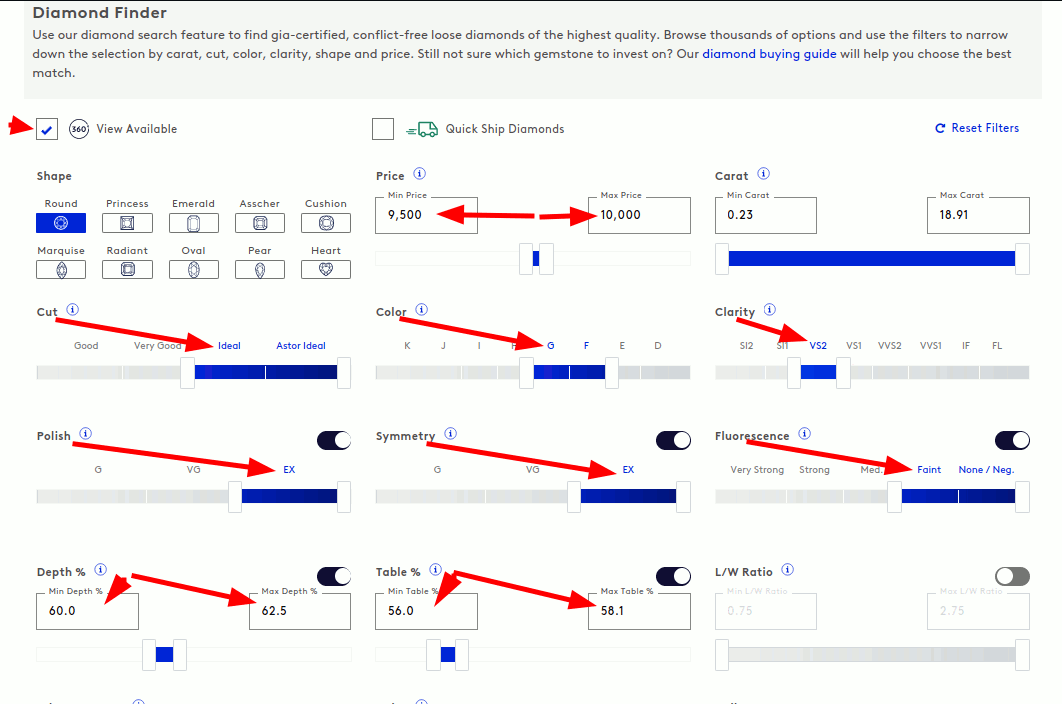
360° View Available

There’s a little box which you must tick to be shown all the diamonds with images. There’s no need to fly blind when diamonds with actual 360° images are available. The images are important. As you will see even after you narrow down to a few dozen stones there is still some variation between diamonds. Some do look better than others and the 360°image will help you in choosing the nicest stone. If you see placeholder images in place of the actual images it just means that the 360° View Available box hasn’t been ticked. So just check that and you will be shown diamonds that have 360° images.
Cut
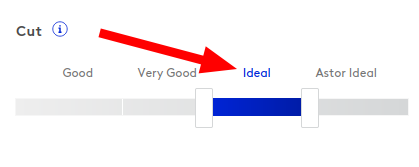
Blue Nile classes all diamonds that have received an excellent cut grade in the Ideal category. Select “Ideal” where it says cut. You can also include Astor diamonds if desired. Blue Nile Astor diamonds are an easy choice if you don’t mind paying a premium for the assurance of brilliance. However there are many brilliant diamonds available at Blue Nile so only choose the Astor category if the premium seems worth it to you.
https://goto.bluenile.com/rnze5v
Price
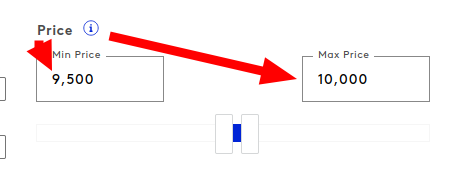
Set the price sliders to your preferred price range shown here between $9,500 and $10,000. Rather than entering in the desired carat weight it’s better to set a price range and then see what sizes are available. You can obviously adjust the price slider depending on your budget. The price slider makes this easy. Sorting the results by carat size immediately gives you an idea of the absolute largest stone you will find within the parameters of this search. Of course there are more parameters to set before you will be presented with the final shortlist.
Color
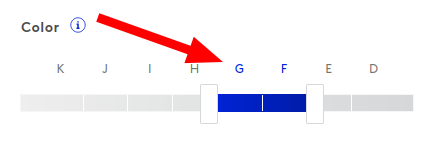
If having the whitest and brightest diamond is important then I wouldn’t go too far below G. If you are wondering whether you can tell the difference between one grade and another the answer is: it depends, but usually yes. Two stones separated by one color grade can for the most part be told apart when viewed side by side. There may be situations where you have one diamond that has a better cut and that can make it a little harder to tell. Even so the color difference between two color grades is small, but obviously different or the tech at the diamond grading lab wouldn’t be able to tell the difference, would they. G and H color are quite sought after as beyond that it starts to get a little more obvious that a diamond has some color. D-E-F is more of a safe bet if you really want a colorless diamond with F obviously providing the benefit of nearly no color without the heft price tag.
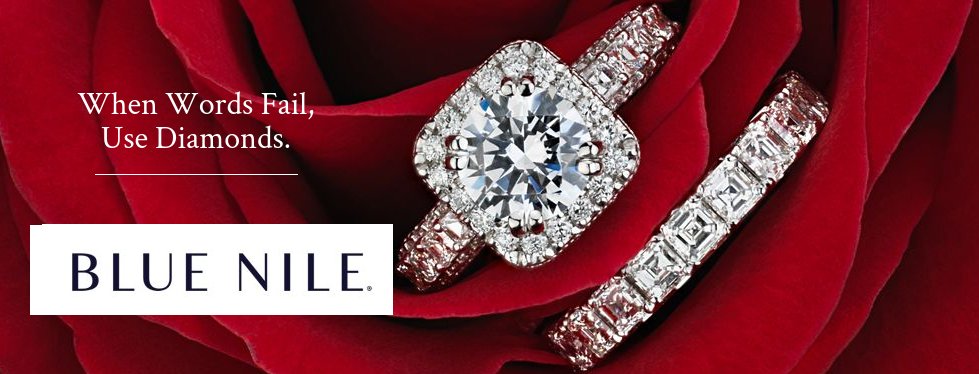
Clarity

Select VS2 for clarity. You can include VS1 diamonds in your search as well. If the symbolism of purity which the higher clarity grades represent is something which is important to you then of course feel free to also include the higher clarity grades of VVS1 and VVS2. However the classification of VS2 is issued to diamonds which have so few inclusions so as to be almost impossible to see. (unless someone has super sharp eagle eyes). But VS2 is generally the sweet spot where benefits and value meet.
Polish and Symmetry

For Polish and Symmetry make sure EX is selected. Choosing a diamond that has been issued an excellent grade in both Polish and Symmetry is important. A diamond’s brilliance and luster depends in part on how well the stone has been polished. And of course if the diamond has poor symmetry then the accuracy of the other measurements reported on a diamond’s grading report will come into doubt. Suffice it to say that excellent polish and excellent symmetry are important.
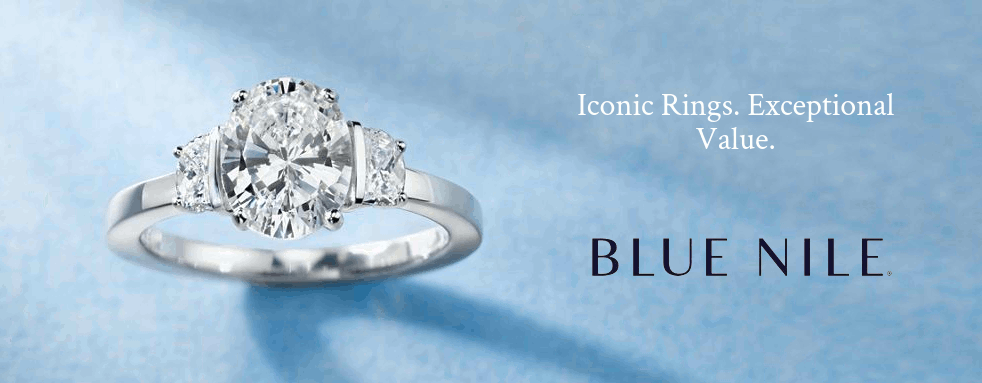
Fluorescence
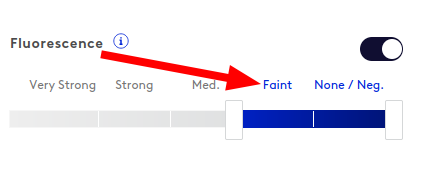
It’s better to avoid diamonds with Medium to Very Strong Fluorescence. Not only does fluorescence often result in a milky appearance when the diamond is exposed to UV containing light fluorescence diminishes a diamond’s resale value. In order to avoid getting a diamond that looks oily or milky stick with diamonds that have faint or no fluorescence.
Depth Percentage

Slide the depth percentage slider to 60% on the left and 62.5% on the right. This is the optimum depth percentage. Greater than this and the diamond starts being what’s termed a “deep cut” diamond. On the other side, if a diamond has a depth percentage under 60% it can start to be a little too shallow to return light efficiently. 60% is still fine, but this depth percentage favors brightness over contrast. 61.5% or one percentage point on either side is ideal. This gives you the best balance of fire, brightness and contrast.
Table size

Set the table size to between 56% and 58%. This will give you the best balance between fire and brilliance. Smaller table sizes usually result in greater contrast, which is something that looks attractive in a diamond. Table sizes over 58% can result in a slightly less fiery diamond.
Search results
See the search results here: https://goto.bluenile.com/rnze5v
The search returns a number of beautiful diamonds almost any of which I am certain you will absolutely love.
From here it’s just a matter of scanning for overall symmetry and contrast.
The very first one doesn’t look too bad, but just a few over, the fourth from the left has nice distinct arrows and warrants a closer look.
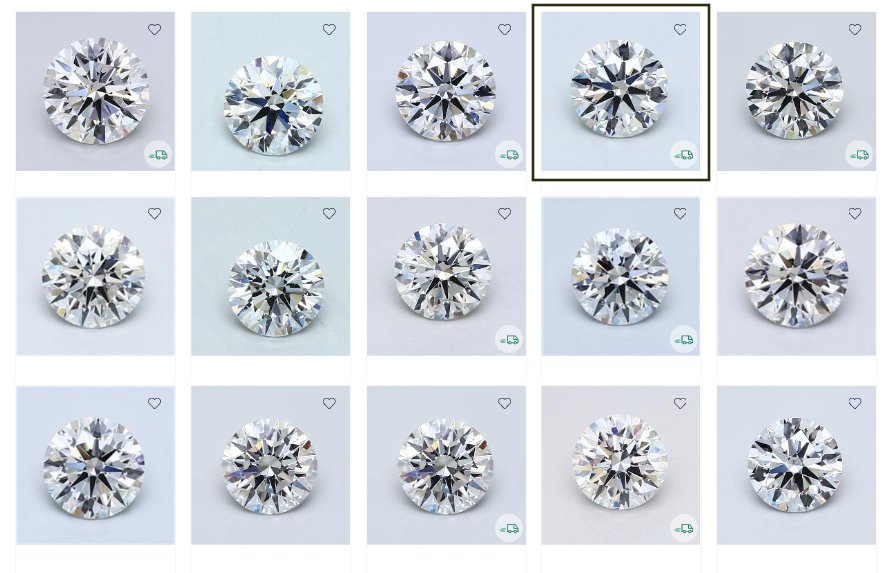
The first 15 hits all look good, but you can narrow it down even further, as you will of course have to. This selection of the 15 largest stones from the above search already includes at least five gorgeous stones that grab my attention and would definitely go onto a shortlist for a closer look at.
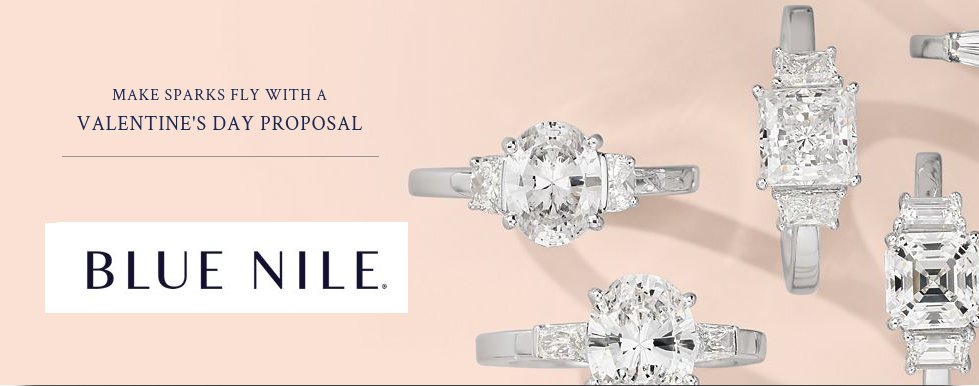
Send in your question
If you are looking to buy any type of diamond jewelry online you are welcome to send in any questions you may have.
As an affiliate of the some of the world’s finest jewelers I am motivated to find the right purchase that is perfect just for you. Every person has specific needs and every jeweler has specific areas in which they excel.

Thomas J Stevens GIA DG CSG

